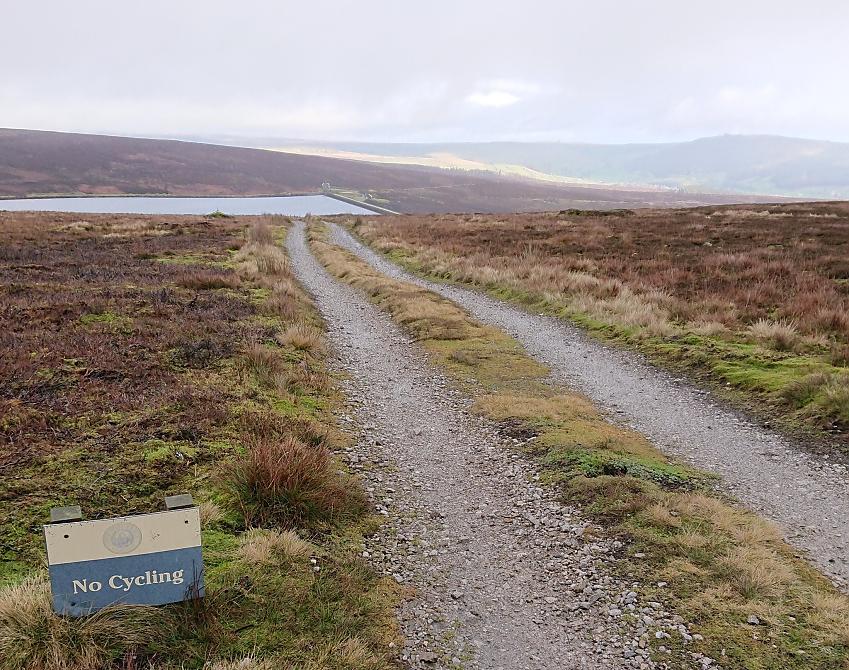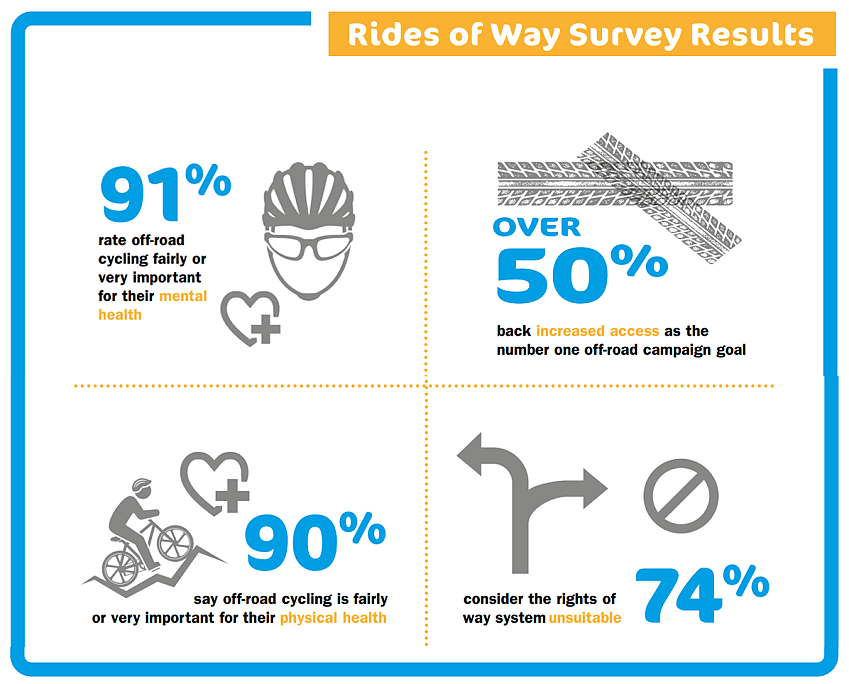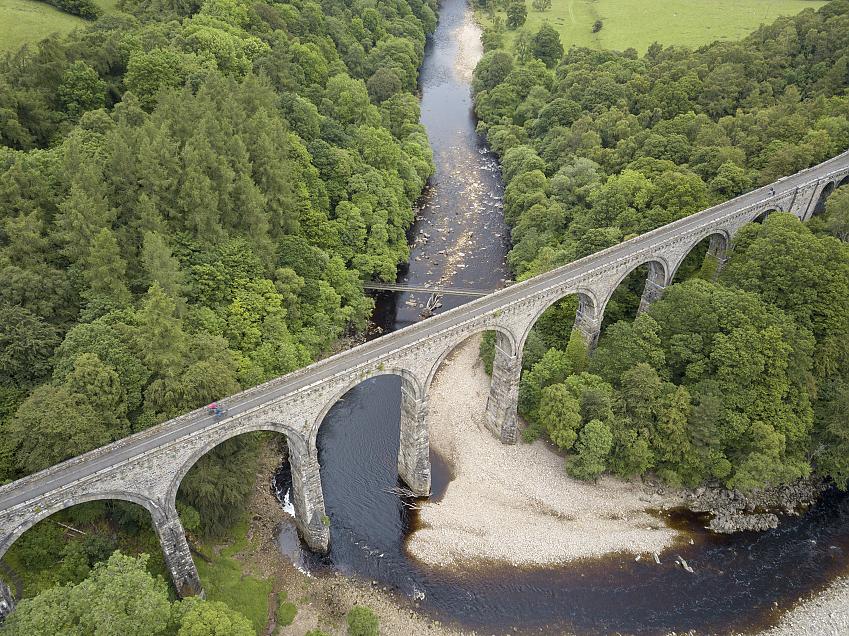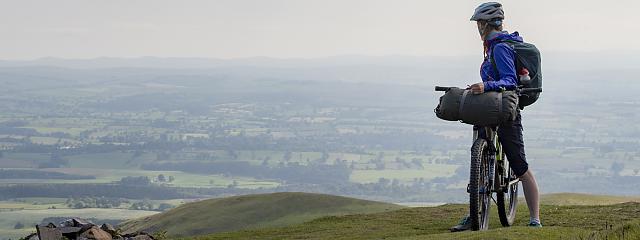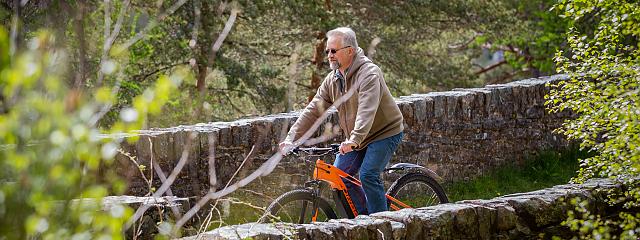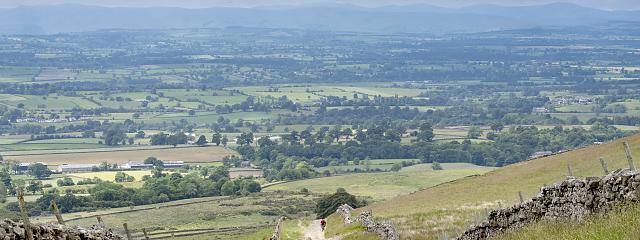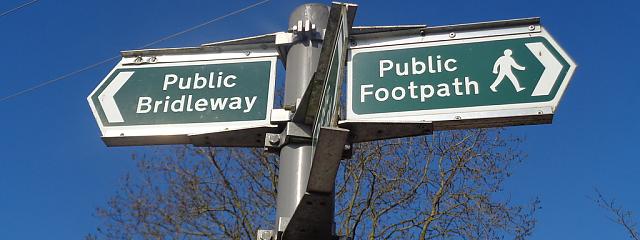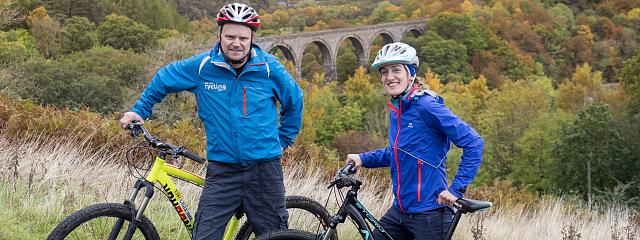
Why the Great North Trail could be even better
Why the Great North Trail could be even better
Three years ago, with huge assistance from OpenMTB, Cycling UK published the Rides of Way report after 11,500 people told us what they loved about cycling off-road, what put them off, why they rode and where. Unsurprisingly, 85% of the respondents were frustrated that the current rights of way system in England and Wales makes it hard for them to put together a rideable route.
Is it a footpath or a bridleway?
To people who don’t use or haven’t thought about our rights of way network, this frustration isn't always clear. If they’re aware of the distinction between a public footpath (where the public’s right of access is limited to walking but excludes cycling and horse riding), and a bridleway (where there’s no such exclusion), then they usually assume that whether it’s a footpath or a bridleway is determined by some measure of suitability: perhaps how wide it is, what’s the surface, where it is and how many people use it.
That would make sense, but never assume the obvious, because common sense is not so common. So, rather than deciding which users can use which paths and trails based on some measure of suitability, in England and Wales, we rely on historic classification: whether it was called a footpath or a bridleway many decades ago. And that’s why so many people told Cycling UK they had difficulty putting together a route, with 74% of respondents saying the rights of way system is unsuitable and over 50% saying increased access should be our top off-road campaign goal.
Widening access
In England and Wales we don’t have the right of responsible access to land and the countryside that people in Scotland enjoy thanks to the Land Reform (Scotland) Act. But we do have over 140,000 miles of public rights of way, including footpaths and bridleways, which form one of our most valuable rural resources, and they’re open to everyone, so long as you’re walking.
However, head off-road by bike or on a horse and you’ll soon find yourself limited in where you can ride by the confusing array of archaic laws which block off close to 80% of the network.
Thanks to Cycling UK's, since 1968 cyclists have had a legal right to ride on bridleways and byways, but these make up only 22% of the rights of the network, hence the reported difficulty putting together a route that avoids busy roads.
Head off-road by bike or on a horse and you'll find a confusing array of archaic laws block off close to 80% of the network.
Duncan Dollimore, Cycling UK
National Trails
But surely you can cycle the national trails if you’re confused about where you can go?
Sadly no. As outlined in our Beyond the Green Belt report only two of the fifteen National Trails in England & Wales are fully open to cyclists and horse riders, the South Downs Way and the Pennine Bridleway, with plans to extend the latter to Scotland having gone nowhere for over 20 years.
Powers do exist to upgrade the footpath sections so that riders don't have to dismount so often, but they’re seldom used. That’s why in 2018 we tried to show what could be done, with a little bit of vision, by putting together a riders' route for the North Downs Way from Farnham to Dover, allowing people to cycle much of the existing national trail but diverting temporarily from the trail on an alternative route where current access laws meant they could pedal no further.
Great North Trail
Cycling UK didn’t come up with the North Down’s Way Riders' Route just to promote a new trail however. We wanted to highlight the absurdity of our access laws, the laborious process of extending rights of way that discourages people from trying, and the use restrictions on our flagship national trails.
And that’s also why last year we developed and promoted the Great North Trail, an 800-mile route linking the Pennine Bridleway with the northern tips of mainland Scotland, through some of Britain’s most stunning upland areas and four National Parks.
Riding the Great North Trail is a fantastic adventure, but the truth is the route isn’t perfect. Sometimes, an ideal connecting trail is designated as a footpath rather than a bridleway, so we’ve had to take the long way round and include a quiet on-road section, and occasionally those sections aren’t as quiet as we’d like.
In places, we’ve managed to negotiate permissive access, but in other areas, the process is still ongoing. So, we can’t take you past the iconic High Cup Nick in Cumbria, because cyclists don’t have permission to ride on a four metre wide tarmacked path at the top of the Pennines which looks like a road but is classed as a footpath. And we can’t cross Lambley Viaduct on the old railway line, because there’s a gap in the rights of way network created when the South Tyne railway was closed. Instead, we’ve had to divert briefly to a road we’d rather avoid.
We’ve highlighted some of these problems, and what could be done to fix them, in this new film.
In the coming weeks we’ll be setting out what we’re asking for in our new off-road access campaign, and how you can help us achieve this. But if watching the film you appreciate the absurdity, and want to support our campaigning and work to change access laws, let us know and we’ll get back in touch.
In the coming weeks Cycling UK will set out what we’re asking for in our new off-road access campaign, and how you can help us achieve this.
In the meantime, if you want to support our campaigning and work to change access laws, let us know and we’ll get back in touch.
You can stay in the loop with news about off-road access and long-distance trails by signing up to our quarterly off-road updates.




